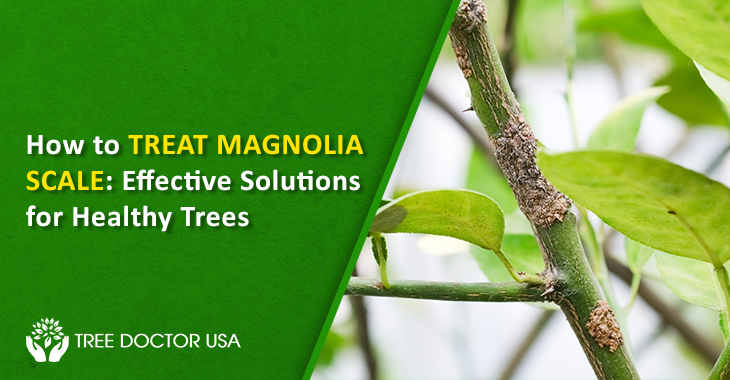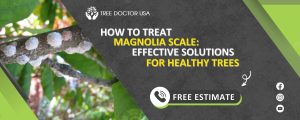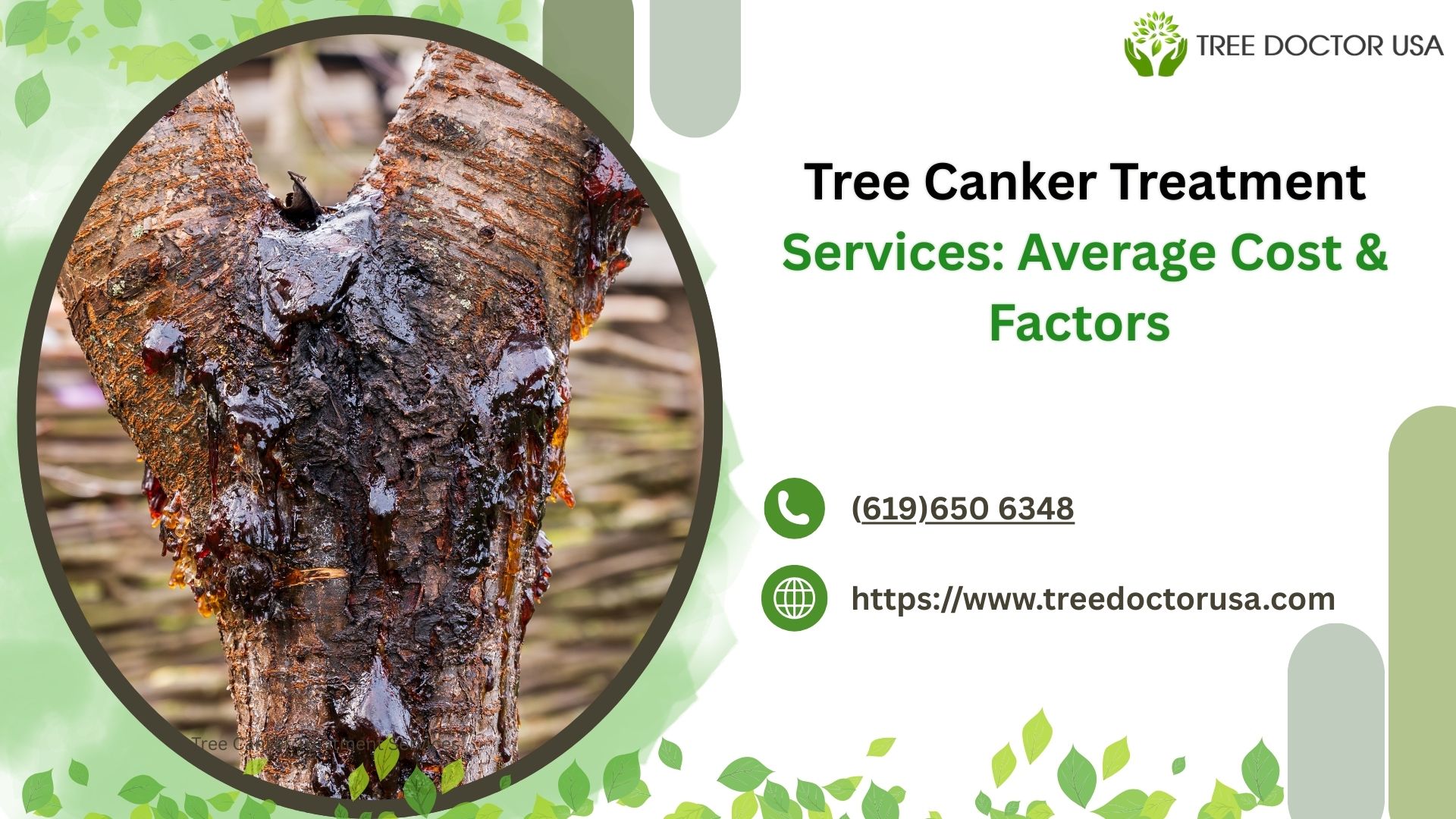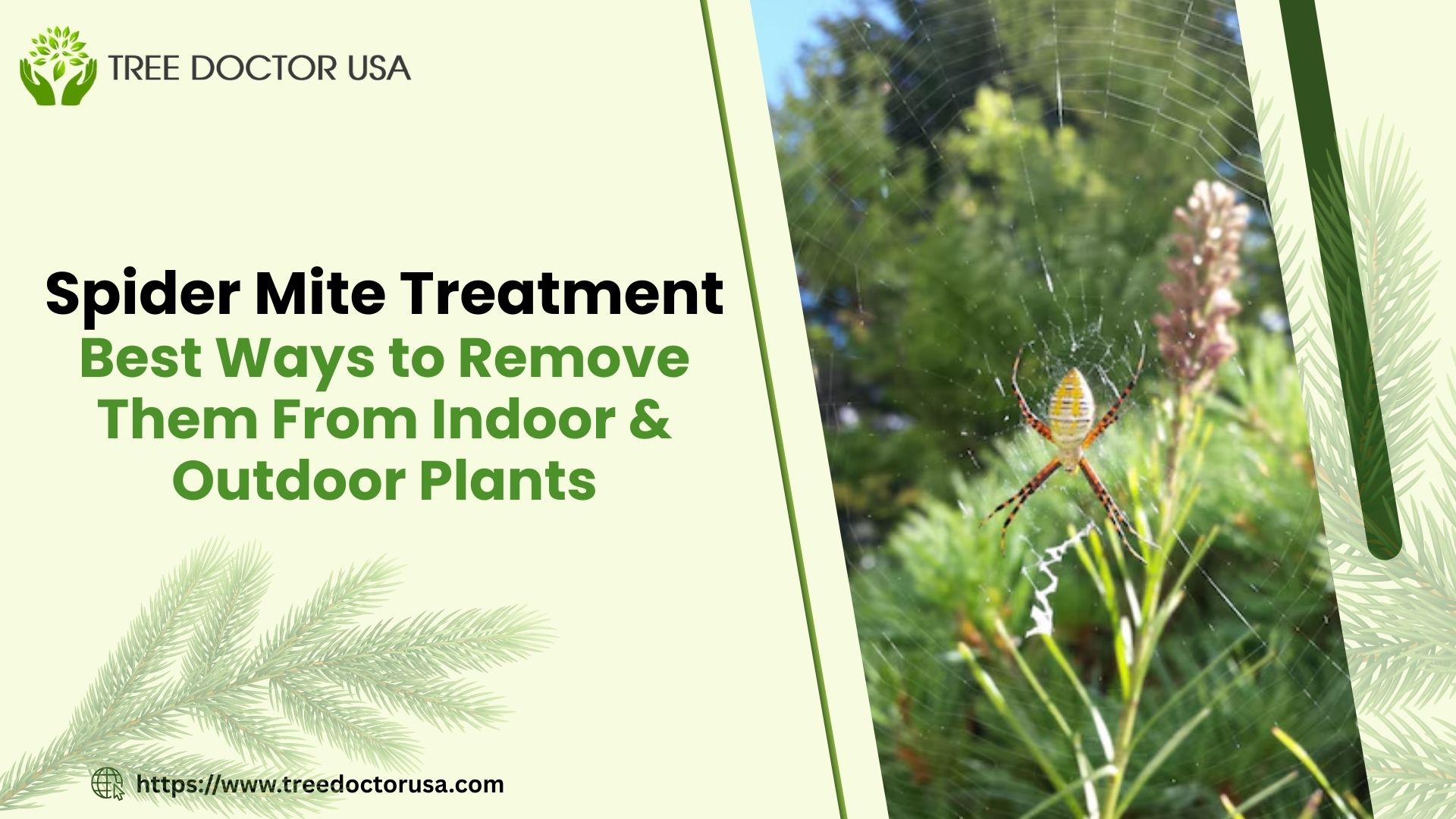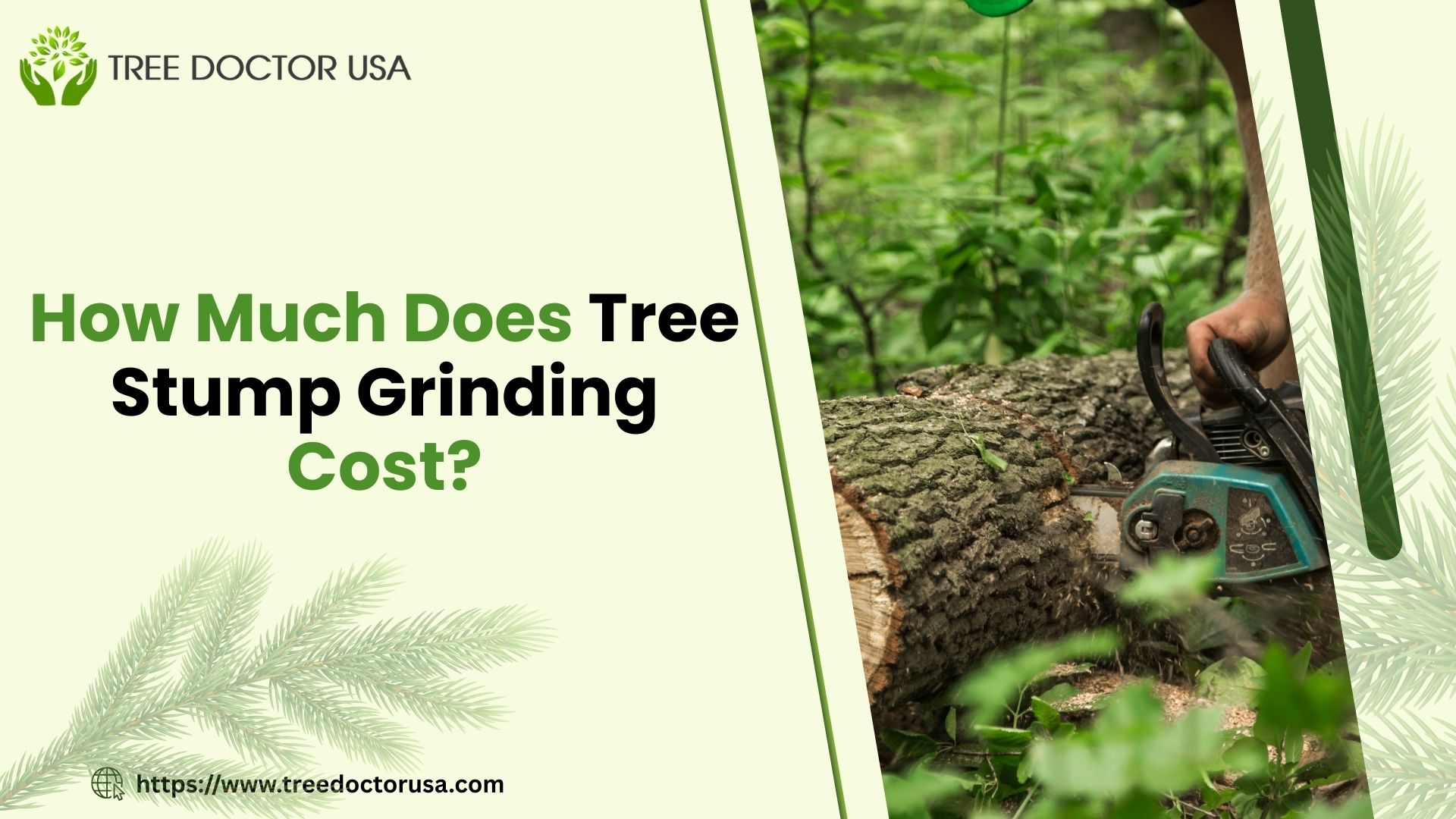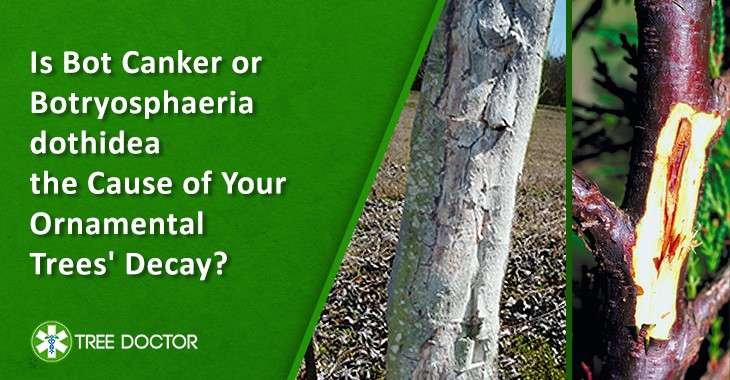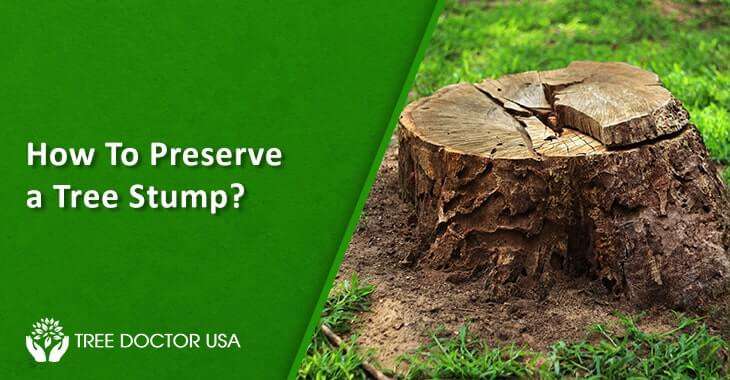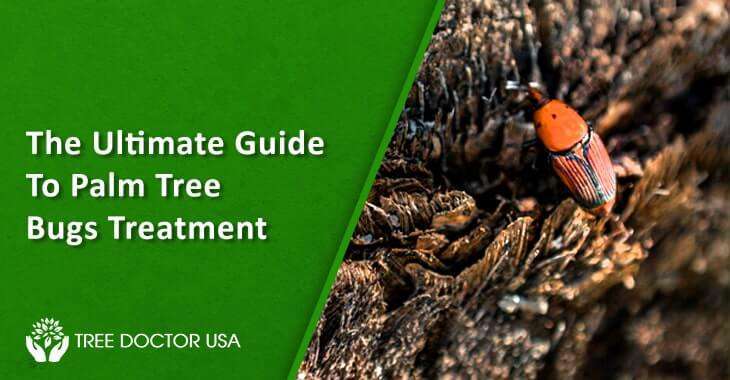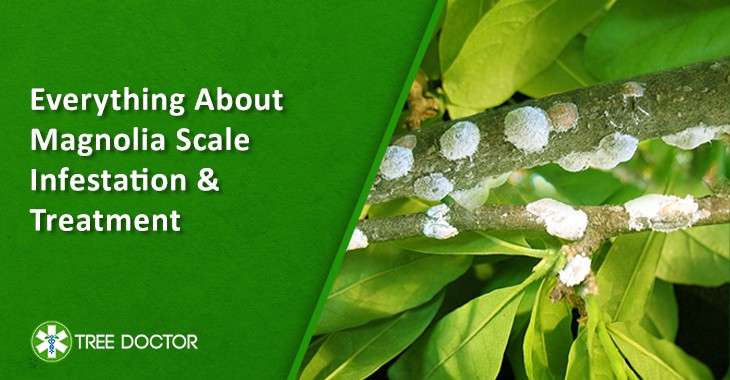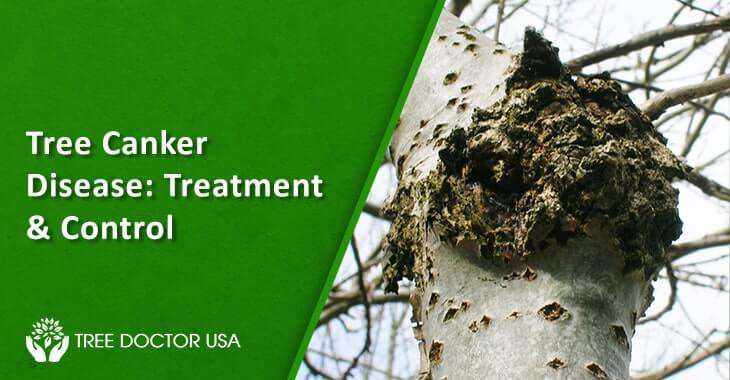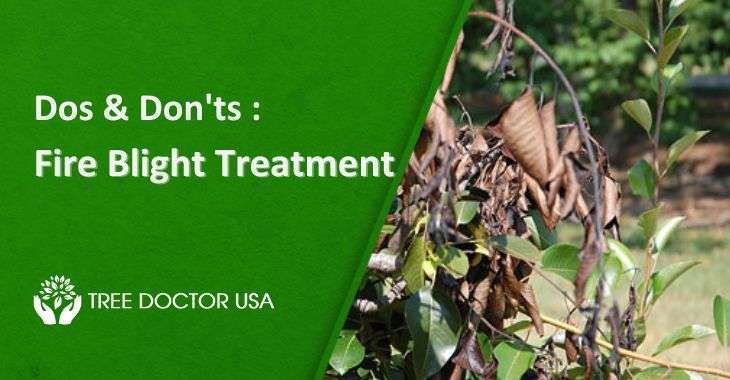How to Treat Magnolia Scale: Effective Solutions for Healthy Trees
With such exquisite blooms, magnolia trees ought to live free of pests. However, the magnolia scale can lessen their attractiveness. Make sure these bothersome insects don’t take you away from your tree’s charm.
Learn professional advice and techniques for managing the magnolia scale effectively. You can bring back the health and beauty of your tree with the aid of magnolia scale treatment. Say goodbye to the pest. Welcome a stunning, flourishing tree instead!
What Is Magnolia Scale?
In terms of appearance, scale insects are distinct from other types of insects. They are called crawlers when they are in their youth. They are incredibly tiny (<1/32 inch), six-legged, highly mobile, and lack a protective cover. When they reach adulthood, scale insects have covered bodies. They are immobile. They are sufficiently large to see without the need for a magnifying glass.
The following are a few tree species that the magnolia scale has targeted:
- Magnolia lilies
- Magnolia stars
- Avocado tree magnolia
- Magnolia saucer
So proper magnolia scale treatment is essential to prevent further infestation of this pest.
How To Check For Magnolia Scale?
The sap-sucking pests known as magnolia scale insects yield a sticky, sugary material known as honeydew.
Here are some methods for spotting an infestation of magnolia scales:
- If you see the adhesive substance seeping into your deck, car, or other property.
- Other insects, like wasps and ants, are drawn to the residue because of its sweetness.
- The “honeydew” may provide the perfect environment for the “black soot” mold fungal organisms to spread if left untreated.
- These insects are typically found by switching individual twigs and examining them. They are often attached to the bottom of magnolia branches.
- Employing a licensed arborist to examine your magnolia trees regularly and use magnolia scale treatment to keep your garden pest-free.
Can Other Trees Be Affected by Magnolia Scale?
Magnolia scale is not transmitted across different tree species because it exclusively attacks magnolia and tulip trees.
Will My Tree Be Killed by Magnolia Scale?
This question often comes to our mind even though we take care of our garden regularly.
This scale insect can cause a lot of damage if left untreated. Severe untreated infestations can potentially kill a tree by killing individual branches.
Magnolia scales can also harm your property in the following ways:
- By dripping down difficult-to-clean sticky residue
- By drawing in additional pests and insects
- The magnolia tree fungus known as “black soot” can spread by itself to any surface that it falls upon. Hence, proper magnolia scale treatment is necessary to preserve our landscape.
6 Ways to Get Rid of Magnolia Scale
Biological Hunters
Parasitic wasps, lacewings, and ladybugs can all aid in the management of scale populations. Think about growing flowers that draw in these untamed predators. Broad-spectrum pesticides should not be used as they may destroy beneficial insects. Create a varied garden full of native plants to provide these natural enemies with a suitable habitat.
Pick Insects Manually
The magnolia scale is a member of the soft scale family of insects, including the armored scale. When you find the insects, you can remove them by hand. The bumps on branches are insects in the nymphal phase, which are easy to identify in the spring. Crawlers can also be identified in the summertime and early fall when they emerge.
When dealing with smaller crops, most branches are reachable from the ground or with a stepladder. Physical insect removal is the most practical magnolia scale treatment solution in these cases. Large, mature trees make it more difficult, if not impossible.
Use Horticultural Detergents or Oils to Mist
Many horticultural soaps and oils, including neem oil, are effective at suffocating insects in the crawler stage towards the end of summer. However, they are ineffective against adult insects that occur at various times of the year.
However, it requires some work; you will need to apply several times to eradicate the infestation. Dormant oils can be used at the beginning of spring (before March). This should be done before the overwintering nymphs start to move around. The oils coat and suffocate the nymphs. And is effective in magnolia scale treatment.
Eliminate Affected Branches
If the scaling is restricted to some twigs or the tips of branches, you can stop your scale problem. Destroy these stems to eliminate the issue.
The best results from this solution come from detecting the infestation fairly early on.
Apply a Pesticide Spray
Scale insects can be killed when they are crawling by using chemical pesticides. Nevertheless, the exoskeleton of the scale insect hardens as it matures, making it extremely resistant to pesticide contact.
Consequently, September is the conventional period to spray over the magnolia scale. However, the end of summer is the ideal time to do so. Early September is the best time to apply the initial spray treatment. Between ten and fourteen days later, use the second.
Systemic Insecticides
It is possible to apply systemic insecticides to tree roots by combining them with water. Nevertheless, the insecticide takes time to enter the insects’ bodies and reach them. Systemic insecticides should be applied several weeks before the eggs hatch. This is the ideal way for magnolia scale treatment.
How to Prevent Magnolia Scale
The best medicine for magnolia scale treatment is prevention. A tree that is healthy, well-maintained, and receives adequate watering has a lower chance of developing a scale infestation.
Examine Often
Look for indications of scale on your magnolia tree, such as elevated lumps on the leaves or branches. A yellowing of the leaves or discoloration should be looked for, as such can also be signs of an infestation. Look at the leaf undersides, as this is where scale insects tend to hide.
Isolate Affected Trees
To stop the pest from spreading, isolate the afflicted tree if the infestation is severe. Refrain from tree trimming or interacting with nearby infected trees. If the outbreak is widespread and hard to manage, you might want to think about pulling the infected tree. This is an effective way of magnolia scale treatment.
Prevent Overcrowding
Make sure your trees of magnolia have adequate room to expand and mature. A humid environment brought on by overcrowding may encourage the development of scale insects. More effective ventilation and sunlight penetration are made possible by proper spacing.
Final Takeaway
Although the magnolia scale may pose an annoyance, infestations can be successfully managed and avoided with the appropriate strategy. You can ensure your magnolia tree stays healthy and vibrant by combining different methods. Use targeted magnolia scale treatment. Implement biological control. And apply cultural practices.
See a nearby arborist or tree service specialist. Consult them if you’re unclear about the most effective course to take. Seek expert assistance if needed. Arborists such as Tree Doctor USA frequently focus on detecting and following effective magnolia scale treatments. Always remember that prevention is essential so routinely check your tree and address any issues as soon as you see them. You can take years to appreciate your magnolia tree’s beauty with a little work and professional advice.

